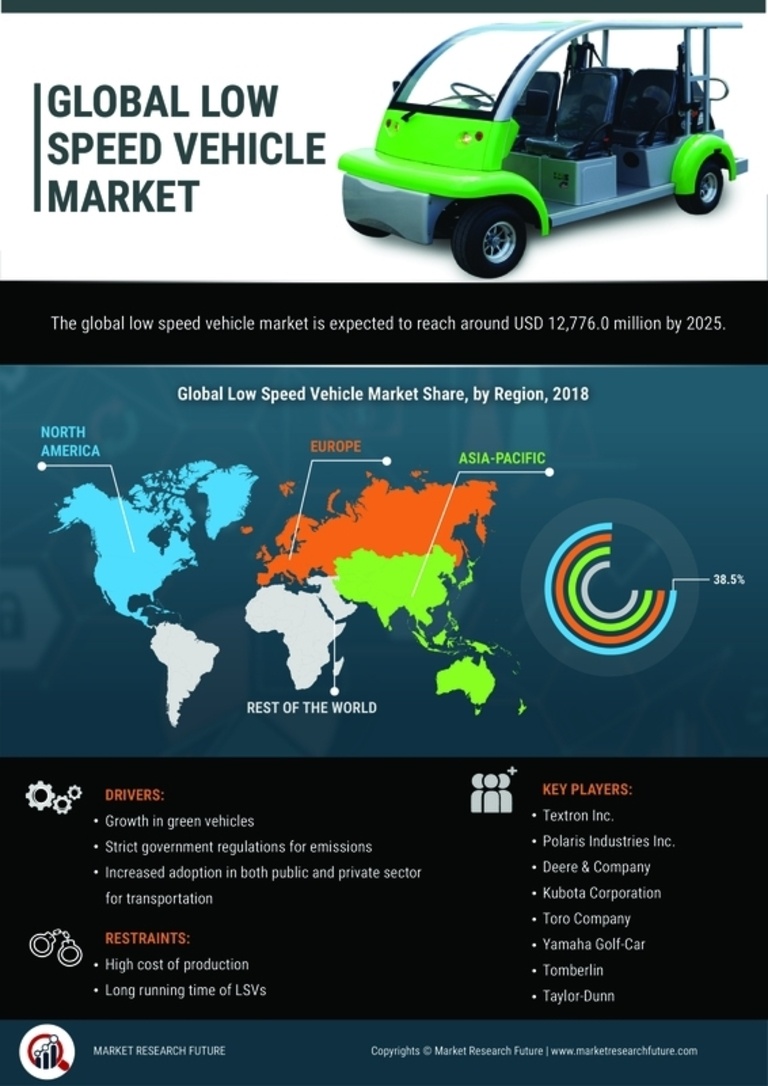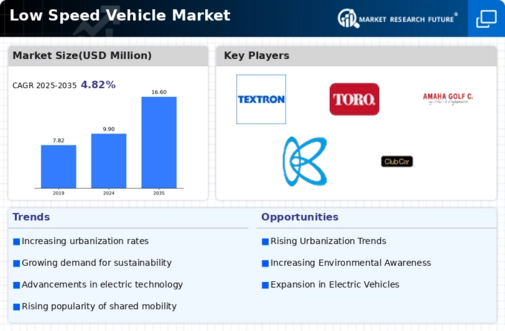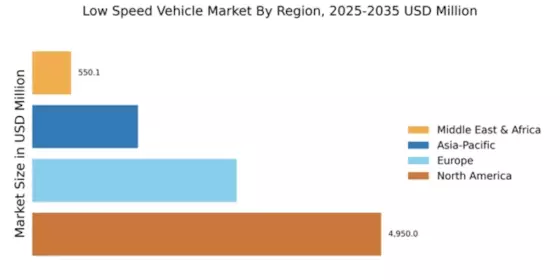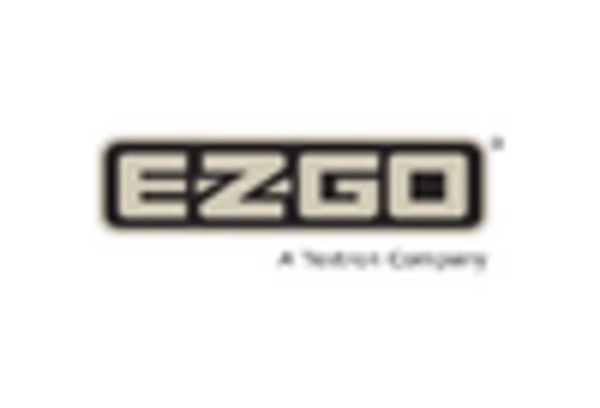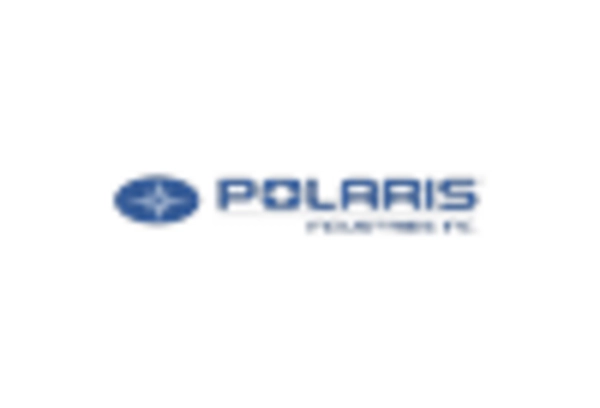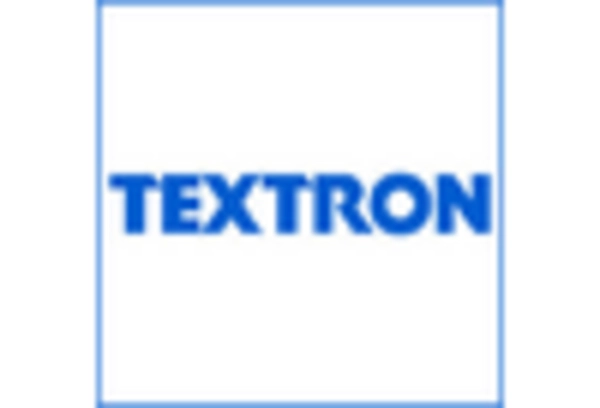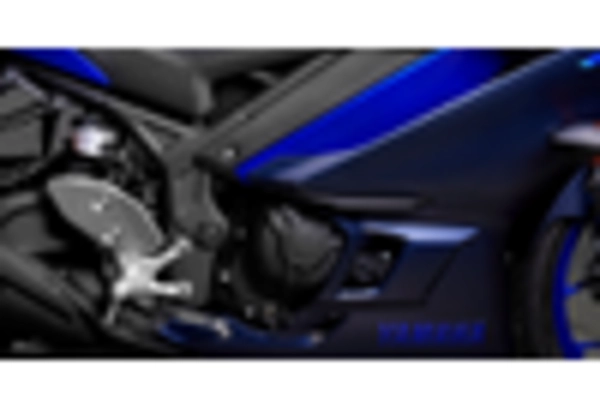Market Growth Projections
The Global Low Speed Vehicle Industry is poised for substantial growth in the coming years. Projections indicate that the market will reach 9.9 USD Billion in 2024, with expectations to expand to 16.6 USD Billion by 2035. This growth trajectory suggests a compound annual growth rate of 4.82% from 2025 to 2035. Factors contributing to this growth include increasing urbanization, rising demand for eco-friendly transportation, and advancements in vehicle technology. The market's expansion reflects a broader shift towards sustainable mobility solutions, as consumers and governments alike prioritize environmentally responsible transportation options.
Regulatory Support for Low Speed Vehicles
Government regulations play a crucial role in shaping the Global LSV Market. Many countries are implementing policies that encourage the use of low speed vehicles as part of broader sustainability initiatives. These regulations often include tax incentives, subsidies, and the establishment of low-emission zones. Such supportive measures not only promote the adoption of low speed vehicles but also stimulate innovation within the industry. As regulatory frameworks evolve, manufacturers are likely to respond by developing more advanced and efficient models. This regulatory landscape may significantly impact market growth, potentially leading to a compound annual growth rate of 4.82% from 2025 to 2035.
Urbanization and Infrastructure Development
Rapid urbanization is a driving force behind the expansion of the LSV Market. As cities grow, the need for efficient transportation solutions becomes paramount. Low speed vehicles are particularly suited for urban environments, where their compact size and maneuverability allow for easy navigation through congested streets. Furthermore, infrastructure development, such as dedicated lanes and charging stations, enhances the viability of these vehicles. This trend is expected to contribute to the market's growth, with projections indicating a rise to 16.6 USD Billion by 2035. The integration of low speed vehicles into urban planning may reshape transportation dynamics in densely populated areas.
Growing Demand for Eco-Friendly Transportation
The LSV Market experiences a notable surge in demand for eco-friendly transportation solutions. As urban areas become increasingly congested, municipalities are seeking alternatives to traditional vehicles. Low speed vehicles, which typically operate at speeds of 20 to 25 mph, offer a sustainable option for short-distance travel. This shift aligns with global efforts to reduce carbon emissions and promote cleaner air. In 2024, the market is projected to reach 9.9 USD Billion, reflecting a growing consumer preference for environmentally friendly options. The trend suggests that as awareness of climate change increases, the adoption of low speed vehicles will likely accelerate.
Rising Popularity of Shared Mobility Solutions
The rise of shared mobility solutions is reshaping the LSV Market. As urban populations grow, the demand for alternative transportation options increases. Low speed vehicles are increasingly being incorporated into car-sharing and ride-hailing services, providing convenient and cost-effective solutions for short trips. This trend not only reduces the number of vehicles on the road but also promotes the use of low speed vehicles among consumers who may not have previously considered them. The integration of these vehicles into shared mobility platforms could further drive market growth, as they offer an efficient means of transportation in densely populated urban areas.
Technological Advancements in Electric Vehicles
Technological advancements in electric vehicle technology are transforming the Low-Velocity Vehicle Market. Innovations in battery technology, charging infrastructure, and vehicle design are enhancing the performance and appeal of low speed electric vehicles. As battery costs decline and range increases, consumers are more inclined to consider these vehicles for short-distance travel. Additionally, the integration of smart technologies, such as connectivity and autonomous features, is likely to attract a broader audience. The ongoing evolution of electric low speed vehicles suggests a promising future for the market, as these advancements align with consumer expectations for efficiency and sustainability.
